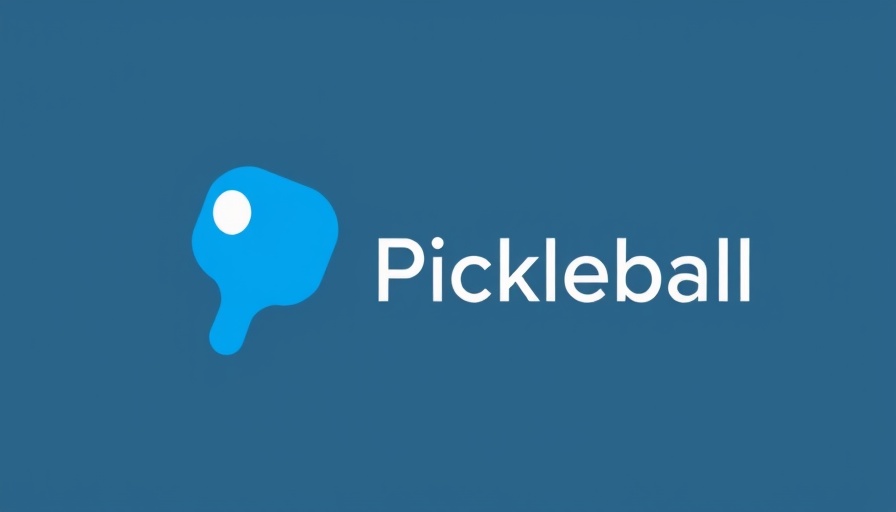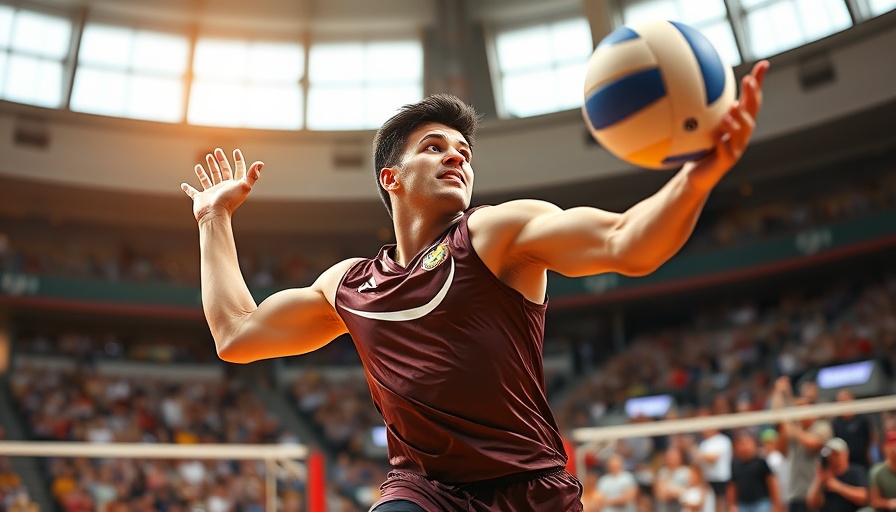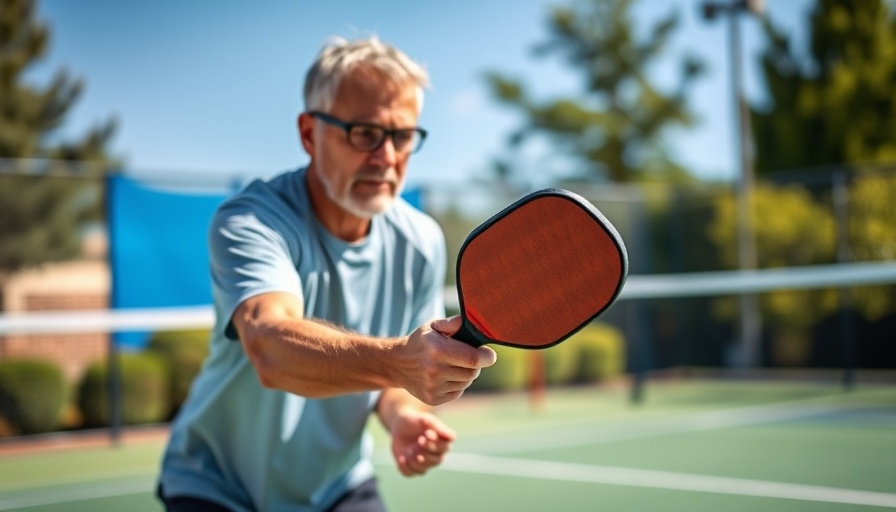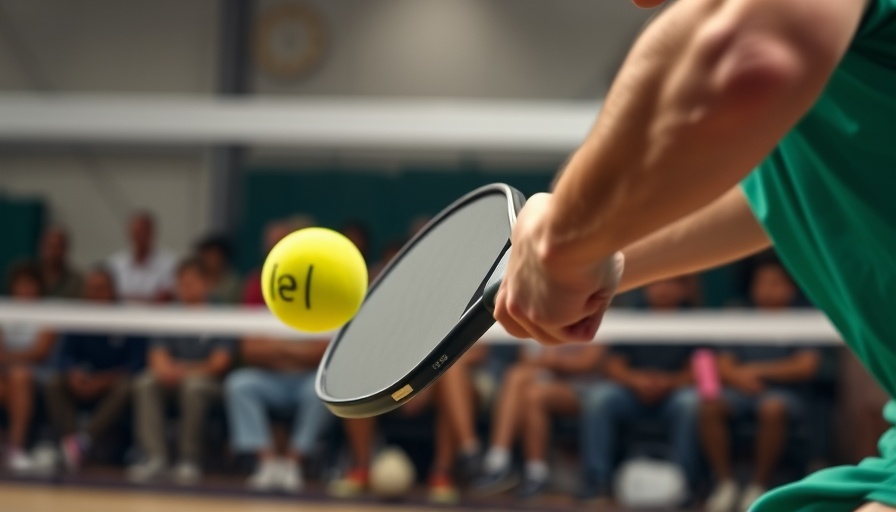
Mastering Your Transition Game in Pickleball
The transition game is a crucial aspect of pickleball that every player should aim to master. Many players rely on cooperative drills to prepare for this phase, but truly effective practice often requires a more competitive approach. In games, the stakes are higher, and opponents are actively trying to thwart your progression towards the kitchen line. Understanding this is key to improving your game.
The Oopsy Whoopsy Drop Drill: A Game-Changer
One of the most impactful drills for refining your transition skills is the aptly named “Oopsy Whoopsy Drop Drill.” In this drill, one player is positioned at the kitchen line, while the other begins in the transition zone. The attacker serves a shoulder-high ball with force, simulating an unideal drop shot scenario. This creates high-pressure conditions that encourage the defender to respond effectively, enhancing their ability to reset and move forward under realistic challenges.
Key Techniques for Effective Ball Control
When practicing resets from the transition zone, consider some essential techniques: first, maintain a low paddle position to react quickly to low shots aimed at your feet. Adopting a wide stance akin to that of a baseball shortstop helps ensure balance and readiness. Moreover, when executing backhand resets—my personal preference—aim towards the middle of the court where the net's heights provide a strategic advantage.
Effective Fourth Shots: Keeping Pressure High
As your opponent executes a drop shot, your focus should remain on delivering a powerful fourth shot aimed at their feet or shins. This tactic makes it challenging for them to return to the kitchen effectively, maintaining pressure and potentially thwarting their offensive attempts. Remember, staying aggressive is crucial, even as they approach the net.
The Importance of Staying Aggressive
Transitioning towards the kitchen should not deter you from attacking; if the ball is at net height, you must seize the opportunity. Consistent aggression ensures you capitalize no matter your opponent's position on the court, forcing them on the defensive even when they're near the kitchen line.
By mastering these drills and techniques, you will enhance your transition game and elevate your play. Pickleball is as much about strategy and preparation as it is about physical skill, and focusing on the transition phase strengthens your overall performance.
 Add Row
Add Row  Add
Add 




Write A Comment